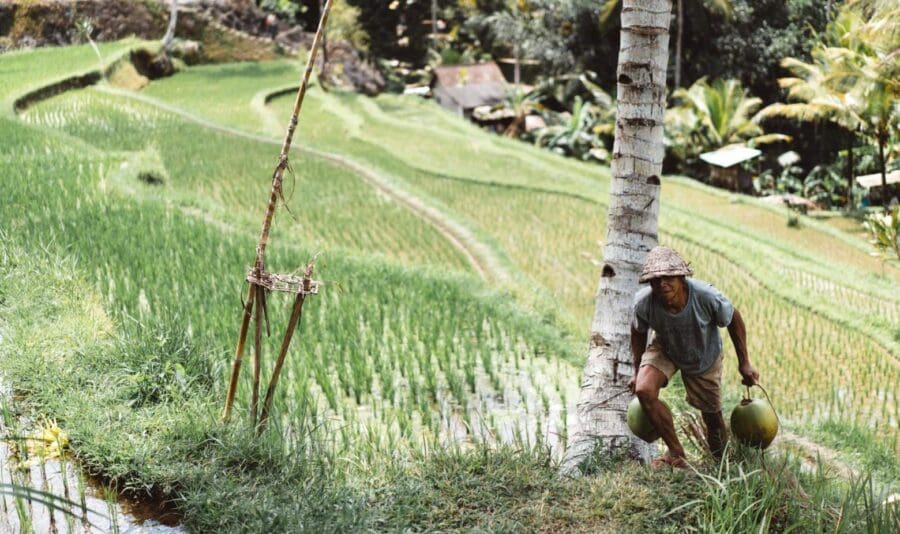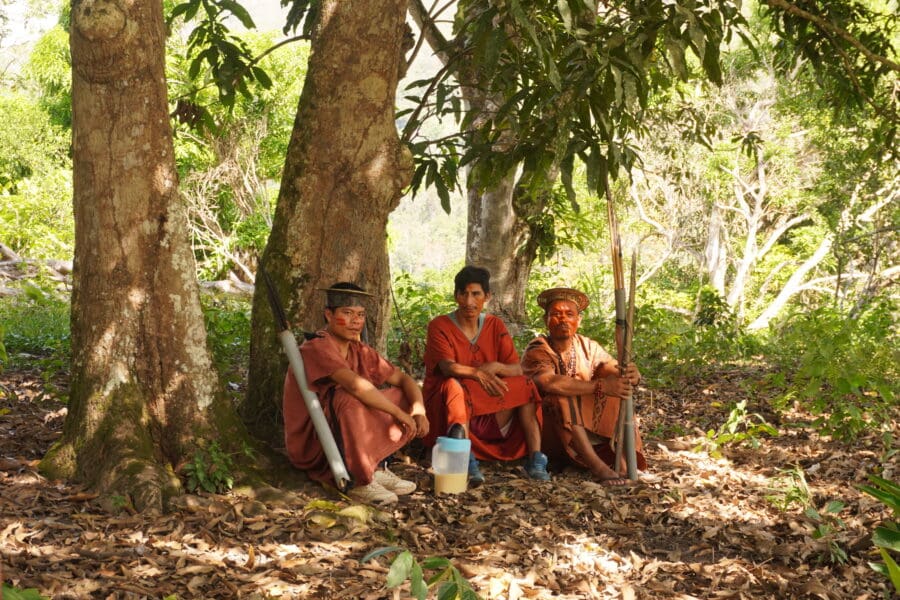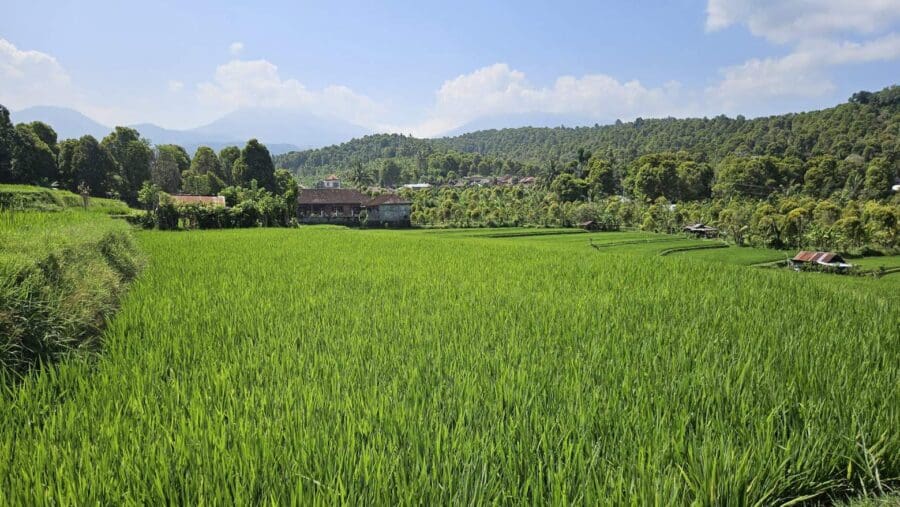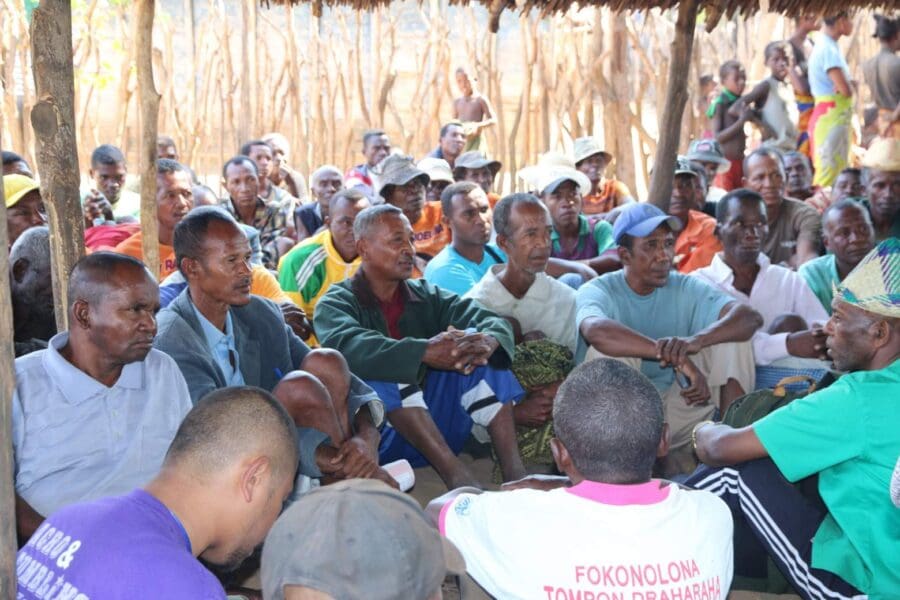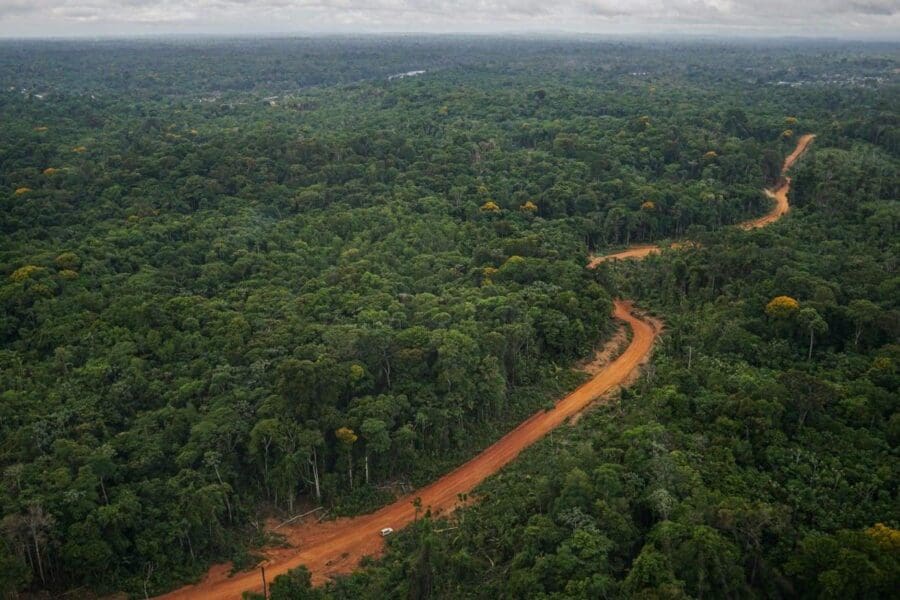In late 2021, the United States Agency for International Development (USAID) made two significant public announcements. One was to join the IPLC Forest Tenure Pledge, a joint commitment by 22 public and private donors to contribute $1.7 billion to advance Indigenous Peoples’ and local communities’ tenure rights.
The second was to set USAID’s targets for “localization”—committing USAID to supply 25 percent of its funding directly to local partners by 2025 and enable local actors to exercise leadership over priority-setting, project design, implementation, and monitoring in at least 50 percent of USAID programs by 2030.
The Forest Tenure Pledge was prompted by the recognition that Indigenous Peoples (IPs) and local communities (LCs) have received very little international financing for the critical roles they play in combatting deforestation and maintaining the health of key ecosystems. From 2011–2020, projects supporting IP and LC tenure and forest management received less than 1 percent of international climate financing, with only a small proportion of this going directly to rightsholder-led organizations.
USAID’s localization commitments were prompted by the recognition that a large proportion of USAID’s funding is controlled by US-based organizations, with too few resources going to the local, in-country actors who are best placed to ensure the fit, effectiveness, and sustainability of development efforts.
These two pledges share much in common and have the potential to be mutually reinforcing with their shared concern to ensure more funding reaches local actors, including IP and LC organizations and in-country support groups.
So far, direct funding not on target to meet USAID 2025 goal
How is USAID doing on its direct funding commitment? USAID’s 2023 Localization Progress Report, published in June 2024, shows that only 9.6 percent of USAID funding went directly to local actors in 2023, slightly lower than the 10.2 percent in 2022.
With regard to IP and LC organizations, it’s difficult to say as USAID does not track this data separately and the Forest Tenure Pledge group does not disaggregate its tracking by donors. However, data from a new funding dashboard developed by the Path to Scale indicates that about 7.6 percent of USAID’s forest-focused funding from 2016–2022 went as direct grants to local organizations (including IP, LC, and non-governmental organizations).
Challenges of scaling up localization efforts
Despite these numbers, USAID has done more than many other bilateral donors to set ambitious targets and take concerted actions to advance localization. Indeed, other bilateral donors report low levels of direct funding to in-country organizations. And while the Forest Tenure Pledge is on track to meet its overall funding commitment, direct funding to IP and LC organizations was only 2.1 percent of Forest Tenure Pledge spending in 2022.
What are some of the challenges blocking USAID—and other donors—from doing more? A new Path to Scale report delves into this question and finds that challenges include insufficient dialogue and dedicated program resources; capacity constraints; and a range of donor systems, cultural practices, and management requirements that remain oriented toward large domestic and international organizations rather than local actors.
While many of these challenges are common to wider localization efforts, they tend to be especially acute for IP, LC, and ADP organizations as they often face discrimination and relative political marginalization in their national contexts and/or work in places far from the capital cities where donors are based.
To overcome these challenges, the report highlights a range of good practices for local funding that public and private donors, intermediaries, and local organizations have tested in recent years—including USAID itself, although to date only in parts of the Agency or in ways that have yet to be fully mainstreamed.
To create the foundations for partnership with rightsholder organizations, good practices include:
- Increasing outreach to and dialogue with IP, LC, and ADP organizations;
- Creating dedicated programs in line with their priorities; and
- Structuring grants in more accessible ways, such as by scaling the size of grants and using pay-for-results mechanisms like USAID’s Fixed Amount Awards (FAAs).
Institutional innovations are also needed, ranging from USAID investment in the emerging ecosystem of rightsholder-led and -focused funds; support for the institutional strengthening priorities of IP and LC organizations; further reform of intermediary roles; collaboration with philanthropies to increase flexibility for grantees; and changes in USAID staff capacities to enable more effective partnership with rightsholder groups.
Simplifying and adapting the heavy technical and financial requirements of bilateral donors to the cultures and working conditions of IP, LC, and ADP organizations is also essential.
Recommendations
What can USAID and policymakers do differently to step up action toward its localization targets, with a particular focus on community land and forest tenure and governance?
- First, USAID should increase its program support for community resource tenure and governance by elevating the priority and availability of funding for these issues within sectors—such as climate, biodiversity, food security, gender, disaster risk reduction, and human rights—where secure tenure and community leadership are critical to achieving USAID’s goals.
- Second, USAID should scale up its investments in the rapidly developing ecosystem of rightsholder-led and -focused funds—and enable these funds to make flexible sub-grants to local IP and LC organizations.
- A third critical change is to accelerate and mainstream reforms for all implementing partners working on community land tenure and governance, such as by enabling IP and LC partners to choose who they work with; mandating sub-awards to IP and LC organizations; and building in measures for local partners to transition to being direct grantees, should they choose to pursue this option.
- To ease administrative burdens, we recommend that USAID uses its results-based FAAs as the primary mechanism for community projects. In addition, USAID should develop and implement specialized guidance for community-led and managed projects that adapt and simplify Agency requirements.
- Beyond USAID, we recommend that the US Congress passes the Locally-led Development and Humanitarian Response Act with its multiple provisions to promote USAID’s overall localization efforts. Ensuring that USAID has sufficient resources to carry out the community tenure and governance-focused recommendations above will be essential for their implementation.
In line with its aspiration to serve as a global public advocate for localization, USAID can leverage these recommended changes to inform and inspire reforms among other bilateral donors. Harmonizing simplified requirements, investing in new rightsholder-led partnerships, and expanding dedicated programs can lay the foundations for a Forest Tenure Funders Pledge 2.0 in 2025 with the scaled-up resources and actions needed to secure IPs’, LCs’, and ADPs’ tenure rights.

